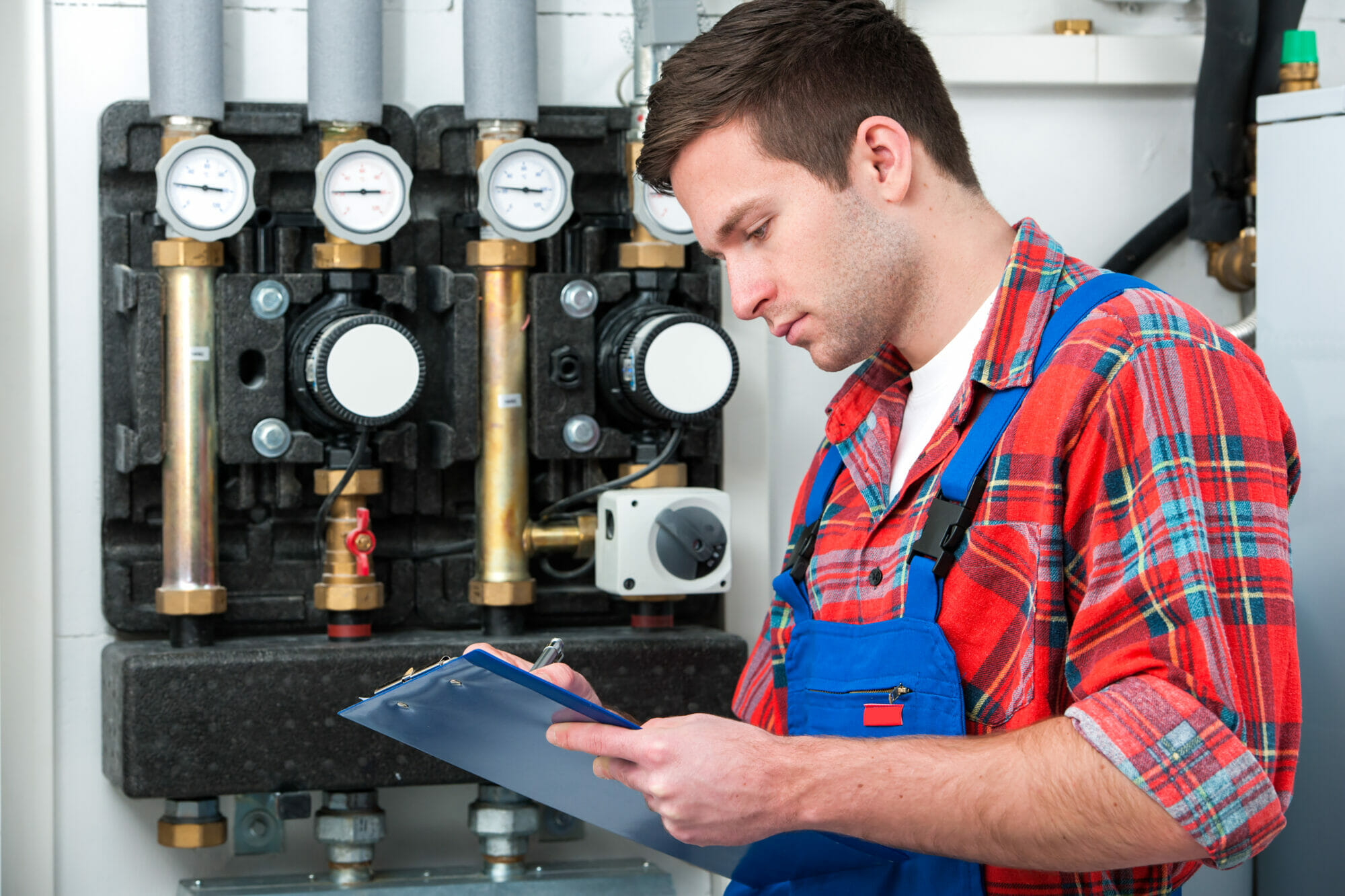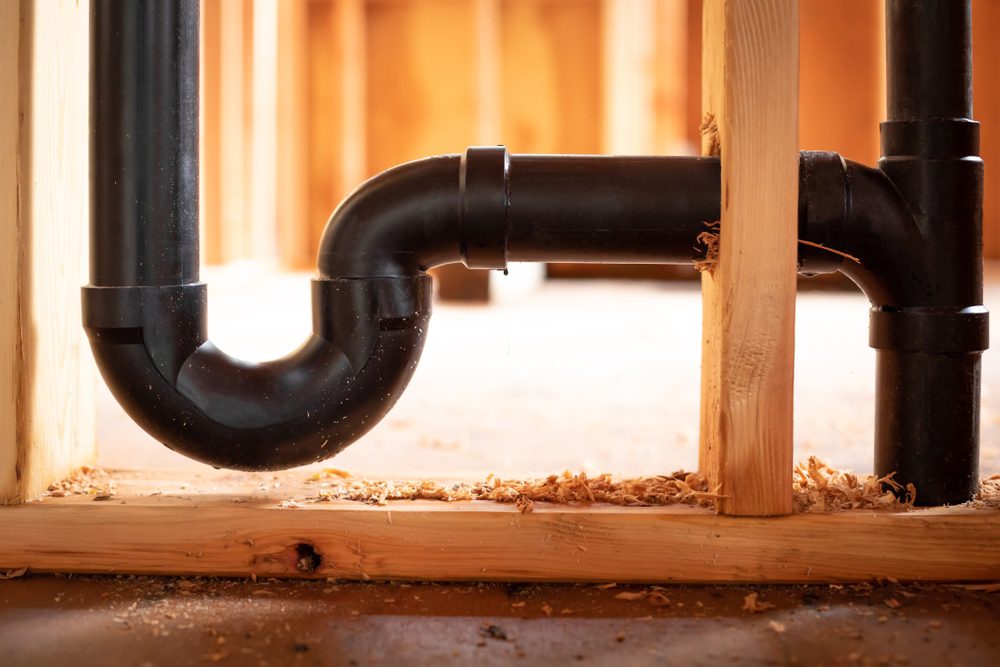The Importance of Adequate Ventilation in Your Home's Plumbing Systems
The Importance of Adequate Ventilation in Your Home's Plumbing Systems
Blog Article
Are you currently in search of selective information involving The Upsides of Proper Ventilation in Plumbing Design?

Proper ventilation in plumbing systems is commonly forgotten, yet it is crucial for maintaining the capability and security of your home's pipes. Air flow helps control atmospheric pressure, avoid the build-up of harmful gases, and guarantee the reliable elimination of waste. In this guide, we will check out the relevance of correct pipes air flow, just how it works, and the advantages it gives your plumbing system.
Just How Ventilation Works in Pipes Systems
Air Pressure Regulation
Correct ventilation preserves well balanced air pressure within the plumbing system. When water moves through pipelines, it displaces air. Without ample air flow, this variation can develop adverse stress, bring about slow drains pipes or siphoning of water from catches, which can create unpleasant odors to leak right into the home.
Protecting Against Sewer Gas Accumulation
One of the most essential features of pipes vents is to prevent sewer gases, such as methane and hydrogen sulfide, from building up within the home. These gases can position major health risks and are highly combustible. Vent pipelines enable these gases to get away safely outside.
Helping in Waste Removal
Ventilation assists in the effective removal of wastewater by preventing airlocks in the drain system. When air can move openly with the vents, it enables water and waste to stream efficiently through the pipes, minimizing the risk of blockages and back-ups.
Benefits of Correct Ventilation
Boosted System Effectiveness
Correctly aerated plumbing systems run more effectively, with less blockages, faster draining, and less strain on the pipes. This performance expands the life-span of the plumbing system.
Improved Air Quality
By preventing sewer gases from entering your home, correct ventilation contributes to far better indoor air high quality, making your living setting healthier and a lot more comfortable.
Preventing Water Damages
Sufficient air flow assists prevent water from being siphoned out of catches, which can bring about drain gases getting in the home and causing water damages in time.
Actions to Ensure Correct Air Flow
Consulting Pipes Codes
Always speak with regional pipes codes when developing or changing your pipes system. These codes give the required standards for appropriate airing vent and guarantee your system fulfills safety and security criteria.
Regular Inspection and Maintenance
Normal evaluations can aid determine possible ventilation problems before they end up being significant problems. Maintenance tasks, such as cleansing air vent pipes and checking for obstructions, are crucial for keeping the system in good working order.
Professional Setup
For new setups or significant alterations, it's wise to hire a professional plumbing. They have the expertise to ensure the air flow system is appropriately designed and mounted according to code.
Comprehending Air Flow in Plumbing
Air flow in plumbing refers to the network of pipes that permit air to move with the drainage system. These vents serve numerous objectives, consisting of controling air pressure within the pipelines, avoiding sewage system gases from entering the home, and aiding in the smooth circulation of wastewater.
Sorts Of Pipes Vents
Key Heap Vent
The main stack vent, also called the air vent pile, is the main vent in a pipes system. It extends from the primary drain align with the roof covering, enabling gases to escape and fresh air to enter the system.
Branch Vent
Branch vents link to the primary pile air vent and offer specific components, such as sinks, commodes, and showers. These vents make certain that each fixture has ample air flow to work effectively.
Air Admittance Valve (AAV).
An Air Admission Shutoff (AAV) is a one-way valve that permits air to go into the plumbing system without the demand for a typical air vent pipeline prolonging through the roof. AAVs are frequently used in improvements or locations where installing a basic air vent is not practical.
Signs of Poor Ventilation in Plumbing.
Slow Draining Fixtures.
If your sinks, bathtubs, or bathrooms are draining pipes gradually, it could be a sign of bad air flow. Insufficient air flow can produce a vacuum cleaner effect, making it tough for water to drain pipes properly.
Gurgling Seems.
Gurgling audios originating from drains pipes are frequently a result of air being drawn via water traps due to adverse pressure in the pipelines. This is a clear indicator of insufficient ventilation.
Undesirable Odors.
Sewage system smells inside your home are a red flag that your pipes system is not appropriately aerated. This could mean that sewer gases are not being effectively vented outside, bring about possibly unsafe problems.
Usual Ventilation Mistakes.
Poor Vent Sizing.
Utilizing undersized vent pipes can cause bad air circulation and stress discrepancies in the system. It's vital to utilize vents that meet the details needs of your plumbing system.
Improper Vent Placement.
Positioning vents as well much from the fixtures they offer can minimize their performance. Appropriate placement makes sure that air can stream openly and successfully via the system.
Disregarding Code Demands.
Building ordinance provide specific standards for pipes ventilation. Overlooking these codes can result in a system that fails to work properly and may cause pricey repair work or carcinogen.
Conclusion.
Appropriate air flow is a vital component of any plumbing system, ensuring that it operates successfully and safely. By understanding the relevance of air flow, acknowledging the indications of bad ventilation, and taking actions to preserve your system, you can prevent costly concerns and shield your home's air high quality.
4 Things You Should Know About Your Plumbing Vents
What Plumbing Vents Are
Also called a vent stack, a plumbing vent is a vertical pipe attached to your drain line that runs through your roof. The plumbing vent pipe, or plumbing air vent, removes gas and odors from your plumbing system and allows fresh air to enter the pipes, helping the water to flow out of the drain pipes.
What Plumbing Vents Do
Plumbing vents have two basic functions. One of which is to allow unpleasant smelling wastewater and sewer gasses to escape your plumbing system instead of entering your home. Plumbing vent pipes are typically located on roofs, away from windows, to ensure the fumes exit the home completely.
The other function of the plumbing vent is to move fresh air into your plumbing system. This helps move water through every plumbing fixture in your house, like toilets and sink drains. Think of the way in which you need to let a little air into the bottle as you pour soda in order to make the drink flow smoothly.
Different Types of Plumbing Vents
True vent: This is the most common vent option. In simplest terms, a true vent is a vertical pipe attached to your drain line that exits through the roof. They often function as the main vent that other fixtures can connect to. Re-vent pipe or auxiliary vent: Attached to the drain line near specific plumbing fixtures, re-vent pipes run up and over to connect to the main vent. Common vent: Two plumbing fixtures installed on opposite sides of a wall are typically tied into the vent stack using something known as a sanitary cross. Wet vent: This venting option operates as a drain pipe and a vent at the same time. Wet vent drainage systems drain water from one fixture while venting the air from another. Although they’ve been used for over 100 years, wet vent systems have only recently been added to the plumbing code in many areas. If you’re planning on installing one in a bathroom remodel, make sure you check your local code prior to construction. Loop vent: For free-standing fixtures like kitchen island sinks, loop vents are ideal. These vent pipes run under the floor, rise from the P-trap, and create a loop inside the cabinet sink. Air admittance valve: An AAV is a one-way mechanical valve typically installed at the site of the plumbing fixture. AAVs allow venting to occur without having to tie into a larger venting system. They’re ideal for venting fixtures where you aren’t able to easily connect to an existing vent system. Common Plumbing Vent Issues
Although vent pipes typically don’t have water flowing through them, they’re still subject to many typical plumbing issues. For example, clogs are one of the most common problems associated with sewer vent pipes. If your vent pipe gets clogged, all of your plumbing fixtures tied into the vent stack will be affected.
A sink with a slow drain that bubbles and gurgles or a strong sewage smell around your toilet are both indicators that your toilet vent pipe is clogged. Because most vent pipes exit through the roof, old leaves, twigs or even a bird’s nest could be clogging the pipe.
Clogs in your vent pipe system cause a buildup of negative pressure, meaning that water won’t be able to flow out of your home very well. It’s similar to putting your finger over the opening of a straw to trap water inside. When you remove your finger, the water is able to flow out of the straw.
If you suspect you have any blockage in your vent, make sure you have a professional come examine the situation. Left unchecked, a blocked air vent can lead to other costly repairs, like leaks and sediment buildup.
Under Pressure
Pipe vents are essential aspects of a home’s plumbing system. Owning a home means learning about all sorts of things you never put much thought into before. But by understanding as much as you can about the important systems of your home, you can keep those budgets intact and those anxiety levels low.
https://www.homeserve.com/en-us/blog/home-improvement/plumbing-vents/

Do you like more info about What Is A Plumbing Vent & How Do They Work?? Try to leave feedback down below. We would be glad to know your opinion about this blog posting. We are looking forward that you come back again in the near future. Sharing is nice. Helping others is fun. Many thanks for taking the time to read it.
Call Today Report this page